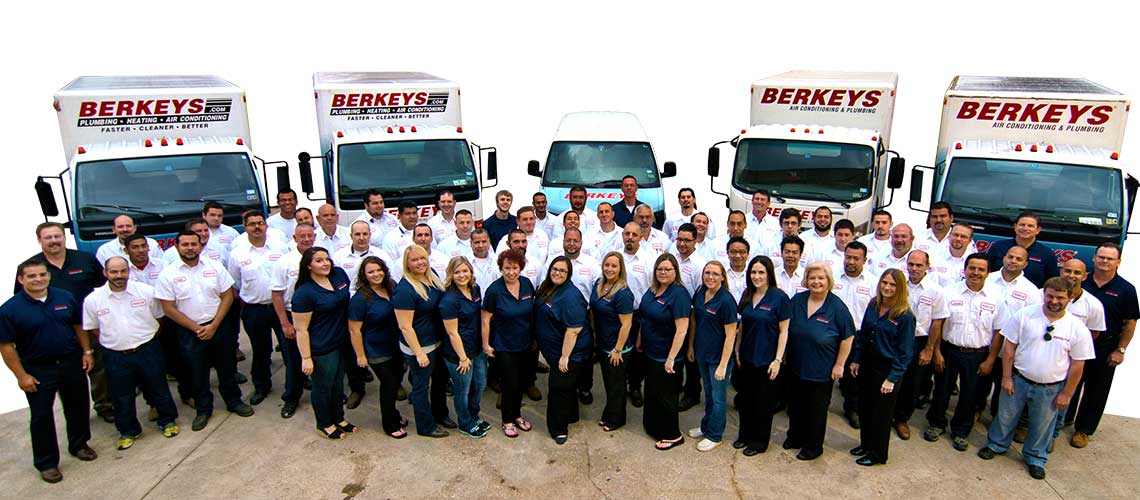HCFC-22 (also known as R-22) has been the refrigerant of choice for residential air conditioning and heating systems for more than forty years; regrettably for the environment R-22 contributes to ozone depletion (mostly from leaks). R-22 is also considered a greenhouse gas. The manufacture of R-22 creates a by-product (HFC-23) known to contribute to global warming.
R-22 is going to be phased out over the coming years as part of an agreement to end production of HCFCs; therefore, manufacturers of residential air conditioning systems are offering equipment that uses ozone-friendly refrigerants; however, homeowners may be misinformed about how much longer R-22 will be available to service their air conditioning and heating systems.
Here’s the latest news…
According to HARDI (Heating, Air Conditioning, Refrigeration Distributors International):
- The Environmental Protection Agency (EPA) has suggested a reduction of allocation rights of R-22 between 11% and 47% in each year (2012-2014). This proposal was not expected.
- While they are ruling, it is illegal for a company to produce or import R-22 refrigerant into the United States. Companies must receive a letter from the EPA which allows them to legally produce/import refrigerant; however letters have been delayed (until January 20, 2012).
- The EPA’s letter calls for a 17% reduction from the original R-22 baseline, or a 45% reduction off of the 2011 allocation (which was approximately 100 million pounds). Manufacturers and producers are operating under guidance that only 55 million pounds will be approved in 2012. If the final rule calls for less than a 45% reduction, a manufacture/producer can produce/import their allocated amount.
- An oversupply of R-22 in the marketplace has led the EPA to consider a more aggressive phase down.
- The Alliance for Responsible Atmospheric Policy (of which HARDI and all major refrigerant producers are members) suggests a 20% reduction in consumption allowances off of the 2011 allowance numbers.
What does all this mean for the homeowner?
As R-22 is phased out, non-ozone-depleting alternative refrigerants are being introduced.
- There is a list of substitutes for R-22 which the EPA has deemed acceptable.
- Existing units using R-22 can continue to be serviced with R-22. There is no EPA requirement to change or convert R-22 units for use with a non-ozone-depleting substitute refrigerant.
- Manufacturers have redesigned air conditioning and heating equipment to work with new non-ozone-depleting refrigerants.
- Homeowners should look for HVAC vendors that train their technicians in installation of substitute refrigerants.
- Homeowners should look for HVAC vendors which recover, recycle, and reclaim refrigerants.
- The best thing homeowners can do for the environment and their wallet is purchase a highly energy-efficient system with a high SEER specification and Energy Star® label.
